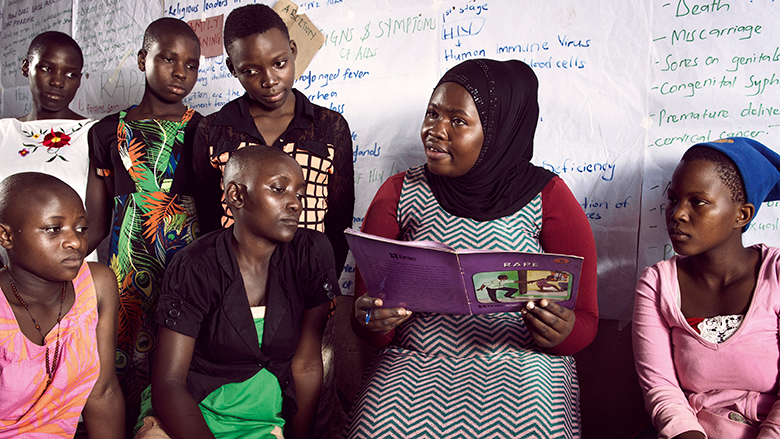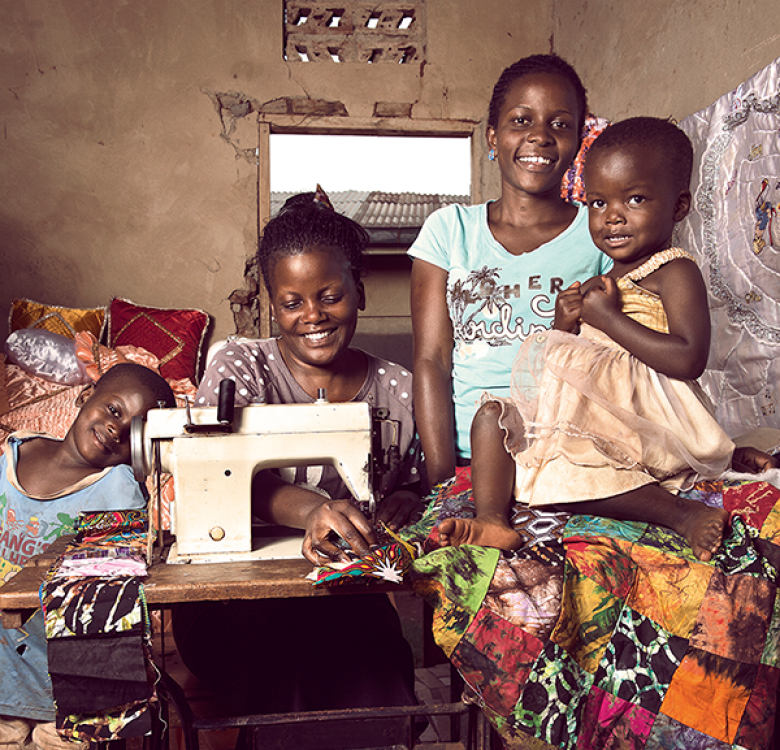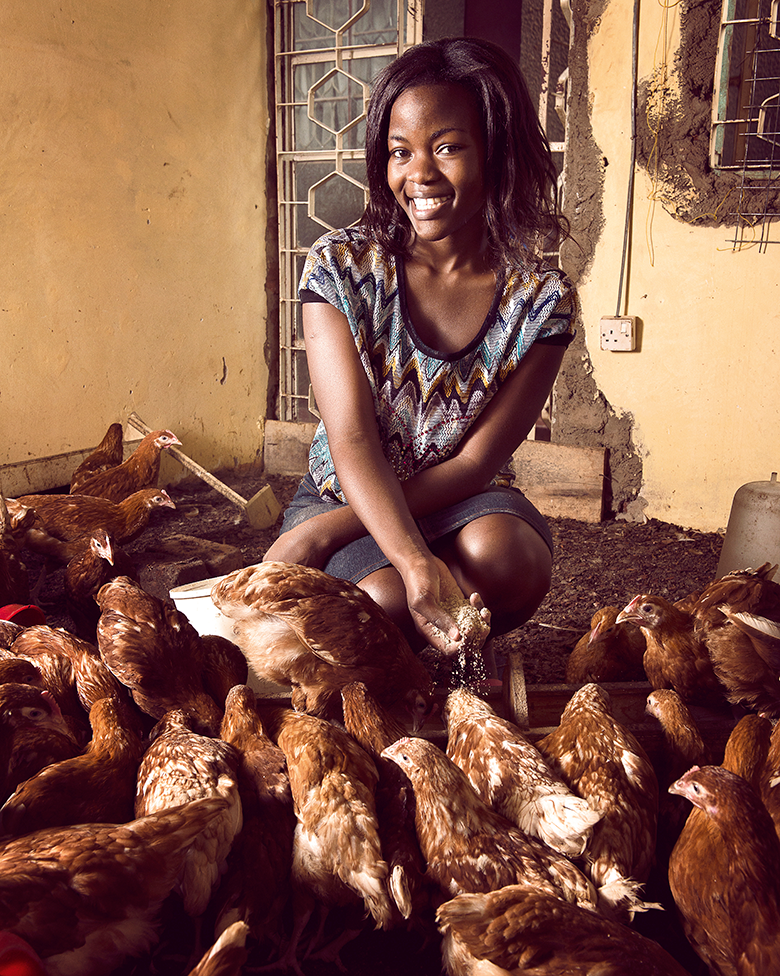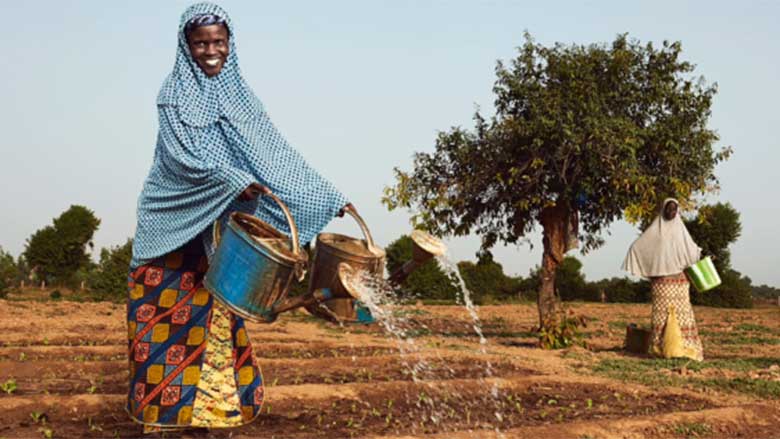Jazirah Namukose, 18, left school feeling the sting of rejection. Classmates discriminated against her because of her disability — a clubfoot.
But her life changed when she started going to the Kikaaya girls’ club in northern Kampala, Uganda. She gained skills and the confidence to start her own business — and found friends who didn’t treat her differently because of her disability.
“You have to stand up for yourself. I’ve learned that here,” she says.
Namukose is one of 70,000 girls and young women between the ages of 13 and 22 who have joined girls’ clubs in Uganda in search of friendship and a way to make a living.
The clubs are run by BRAC Uganda, a branch of the Bangladesh-based international organization, BRAC, known for its efforts to empower poor people, especially women. Their 1,505 clubs in Uganda offer games, music, sex education, financial literacy, vocational training, and access to microfinance for young women trying to become entrepreneurs.

Now, research suggests the clubs are having a positive effect and could help unlock a development quandary — how to design programs that empower girls and young women socially and economically.
Girls who have been members of the clubs for two years are 72% more likely to be involved in income-generating activities, such as getting a job or becoming self-employed, than girls who did not join the clubs.
They are 26% less likely to get pregnant as a teenager and 58% less likely to marry or move in with a boyfriend.
That’s according to a recent study evaluating the effectiveness of the clubs and BRAC’s Empowerment and Livelihoods for Adolescents program.
Perhaps most dramatically, the number of girls reporting having had sex unwillingly was cut nearly in half — from 14% to about 8%, says the study by researchers from the World Bank’s Africa Gender Innovation Lab, the London School of Economics, Bocconi University, University College London, and BRAC.
These are all “pretty big and meaningful impacts,” says Niklas Buehren, a World Bank economist and co-author of the study, Women’s Empowerment in Action: Evidence from a Randomized Control Trial in Africa.
To BRAC, the findings reflect the clubs’ emphasis on teaching “life skills” covering such topics as sex education, leadership, negotiation, sexual and reproductive health, gender and “bride price” or dowry. Such knowledge enables young women to take care of themselves and know their rights, says Empowerment and Livelihoods for Adolescents Program Manager Jennifer Kemigisha.
“What is most important to us are the issues surrounding sexuality — sexual exploitation, reproductive health, family planning — because it is a big issue in the country among adolescent girls,” she says.
Statistics reveal some of the challenges faced by young women in Uganda. The teenage pregnancy rate is 31%. About 16% of girls have sex before age 15, and 14% of girls between 15 and 19 suffer sexual abuse, according to the Uganda Bureau of Statistics.
Uganda also has one of the highest rates in Africa of young women out of the workforce — an estimated 86%, notes the study.
Similar problems are seen in other developing countries where women are virtually locked out of the workforce and locked into a pattern of early marriage and childbearing and dependence on men, says the study.
Research has shown that delaying a woman’s first child, particularly in the teenage years, can change the trajectory of her life for the better and improve outcomes for her children.




